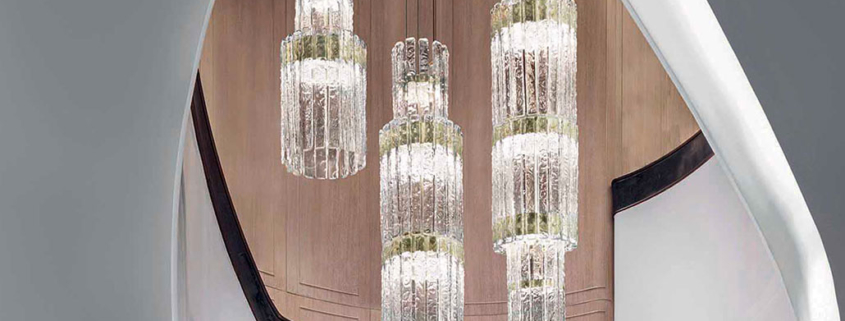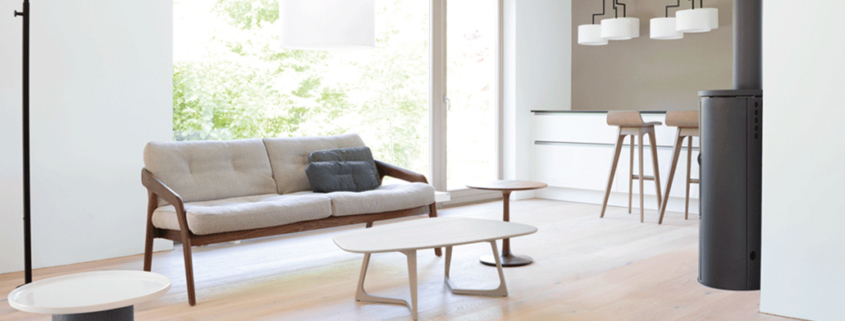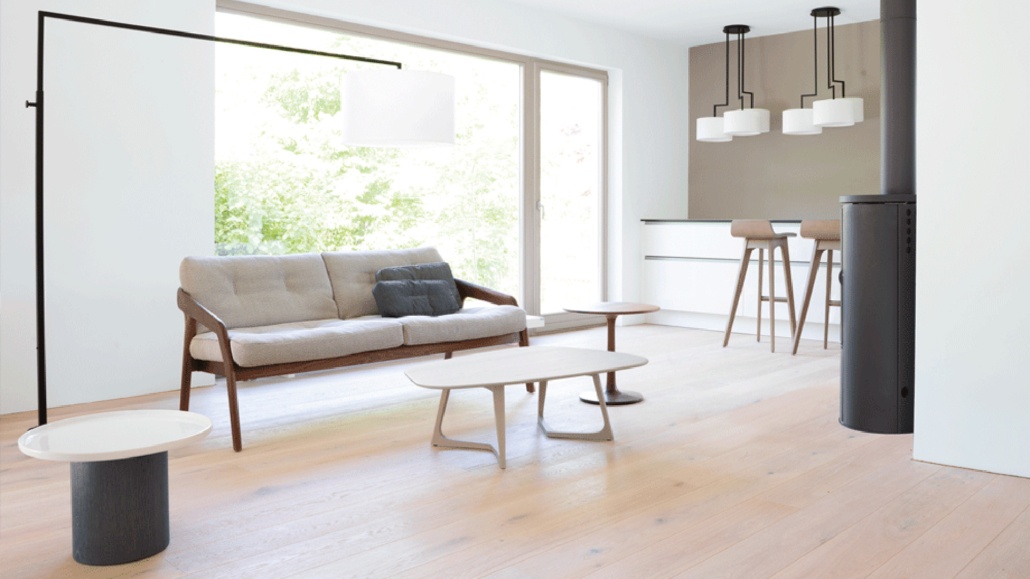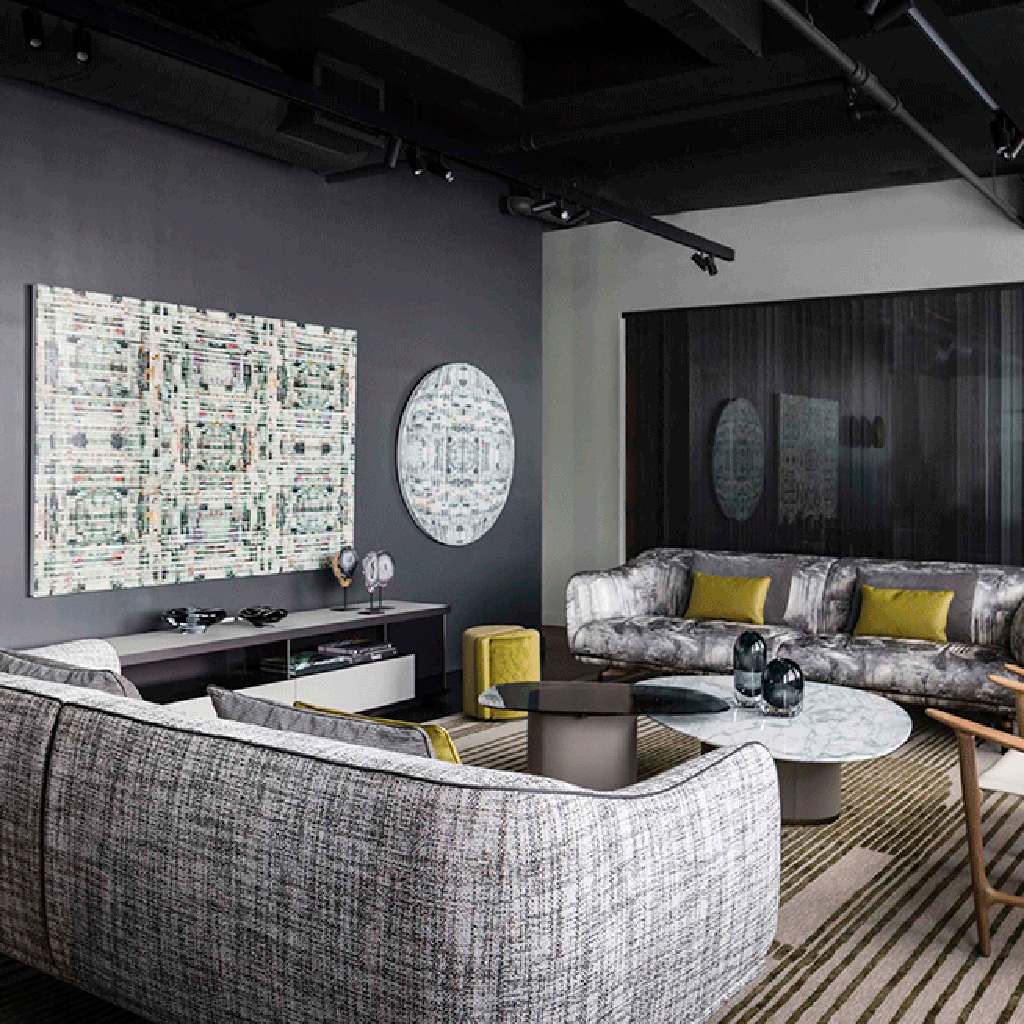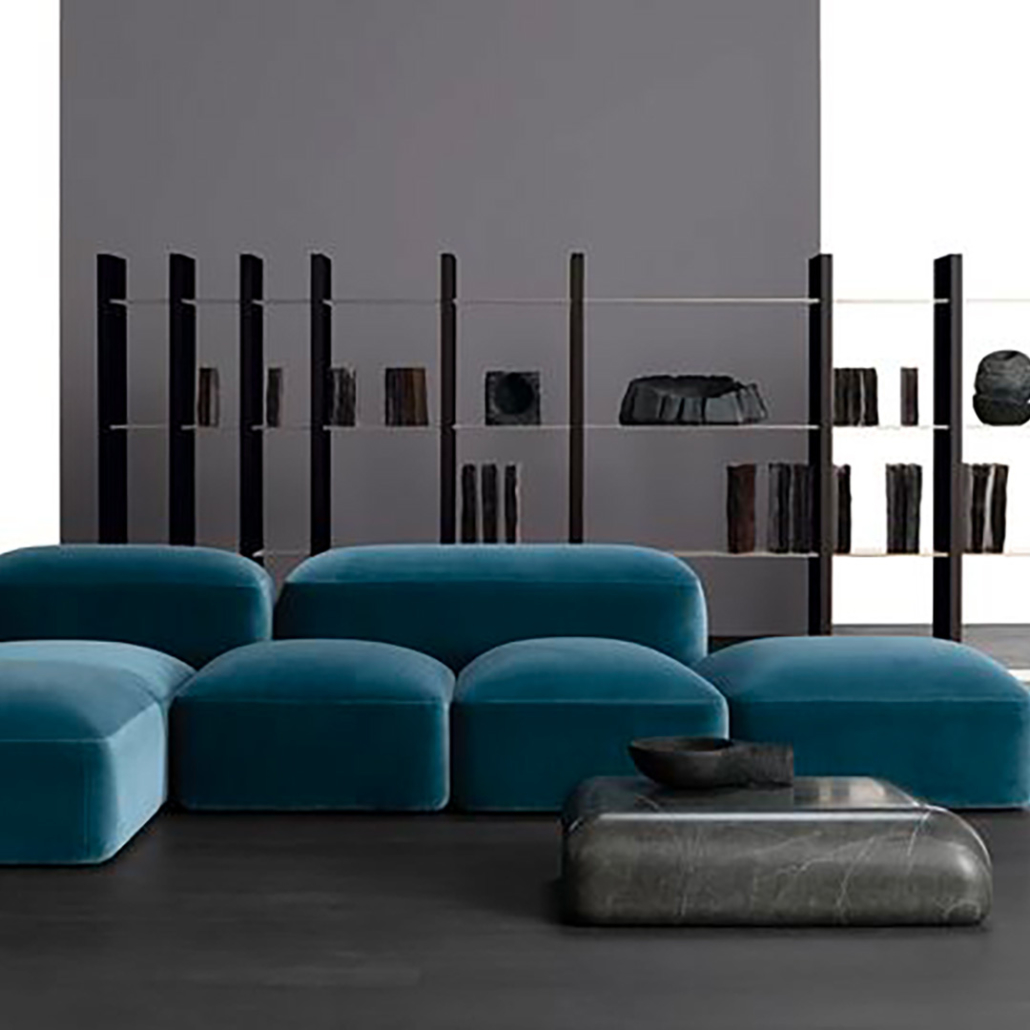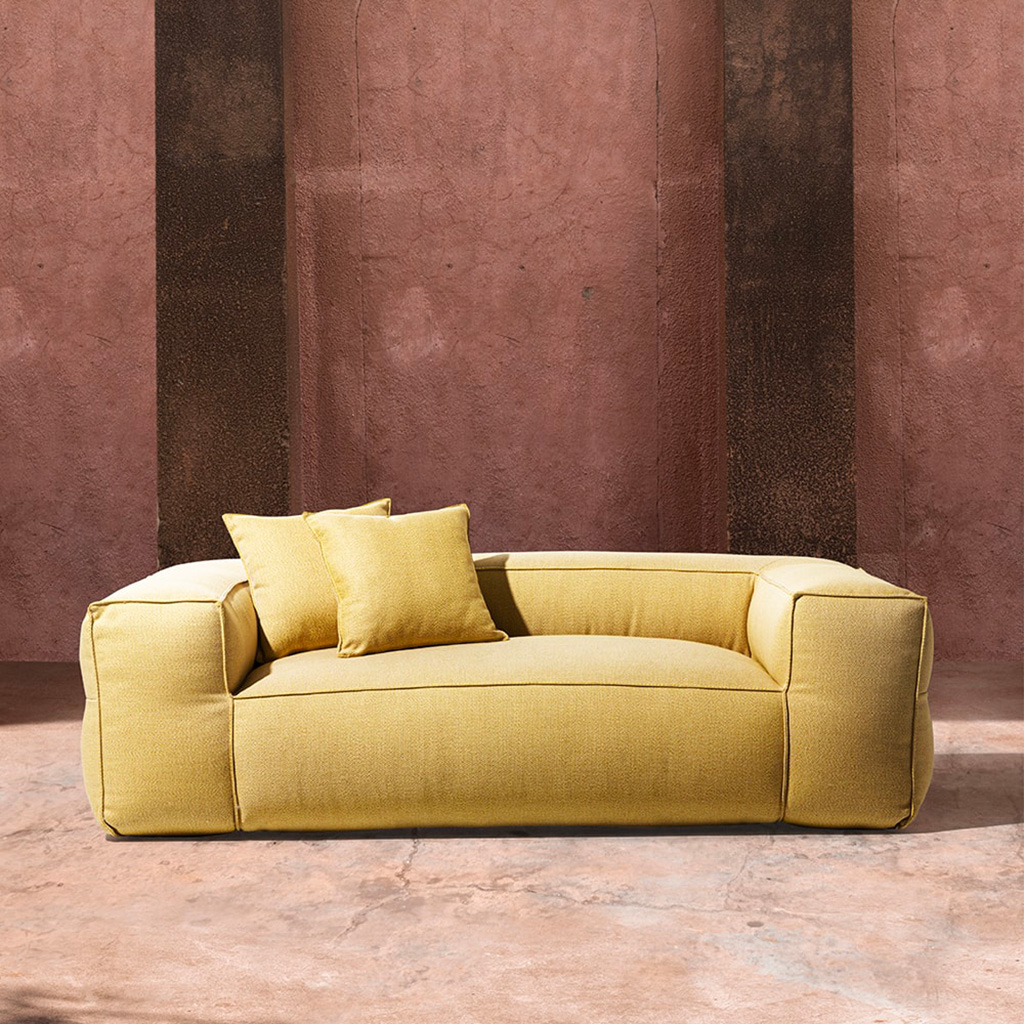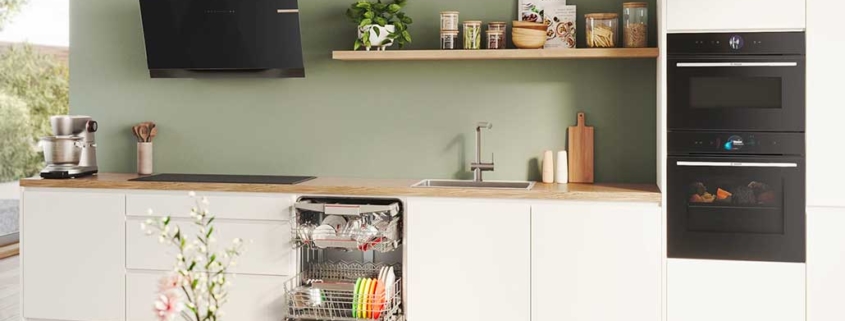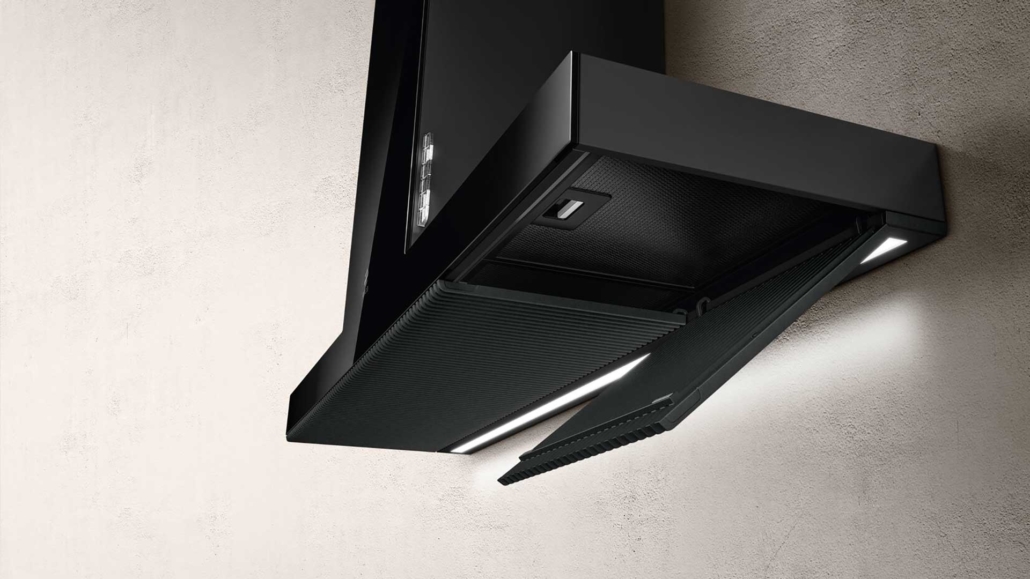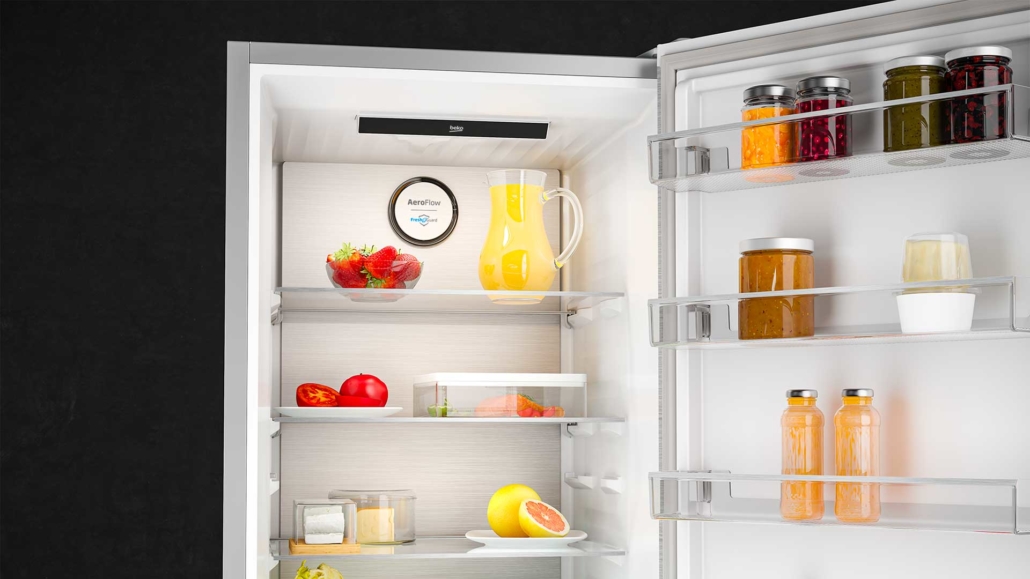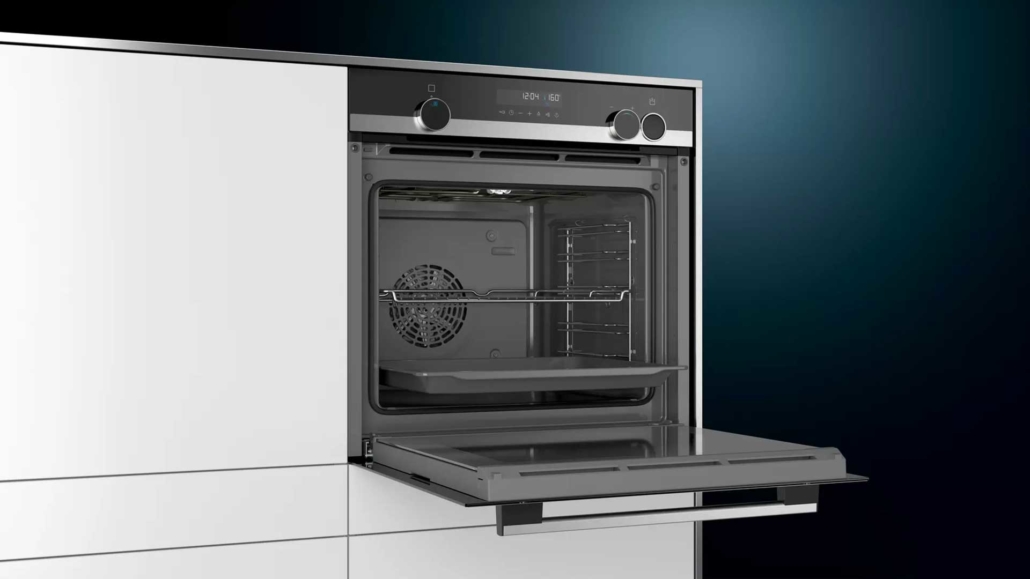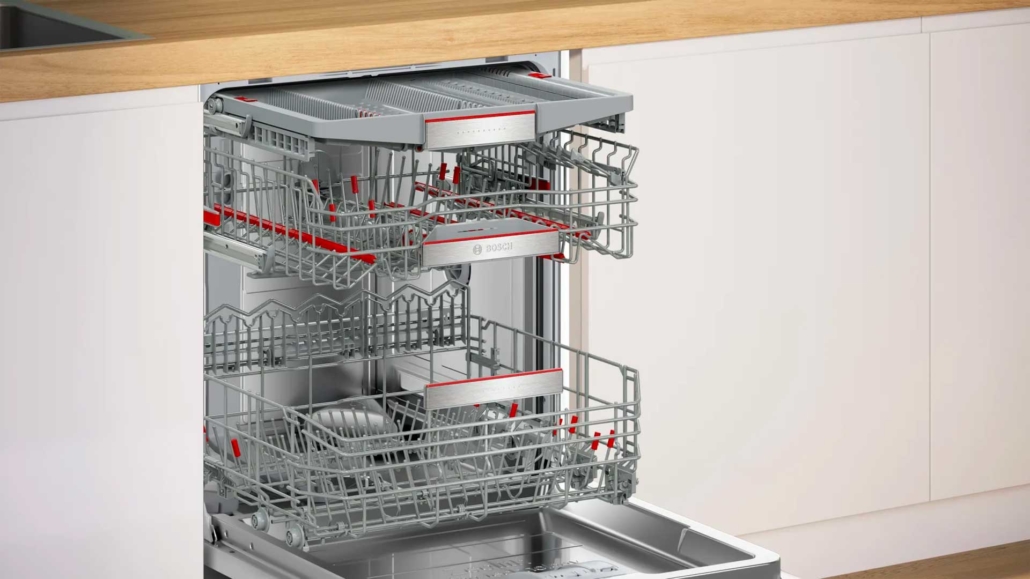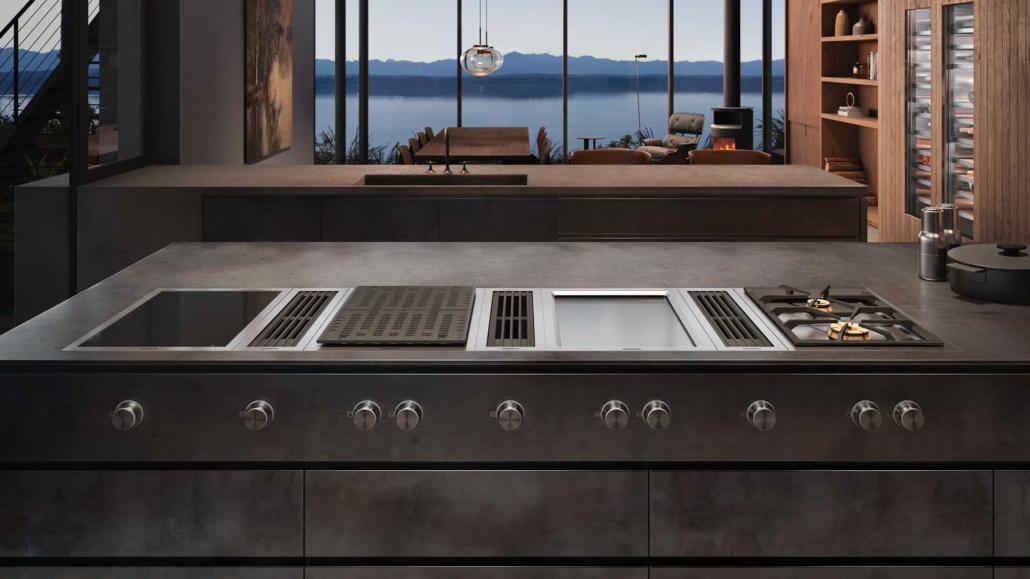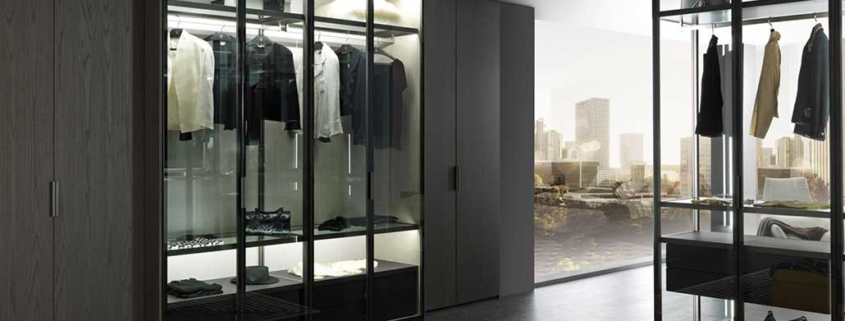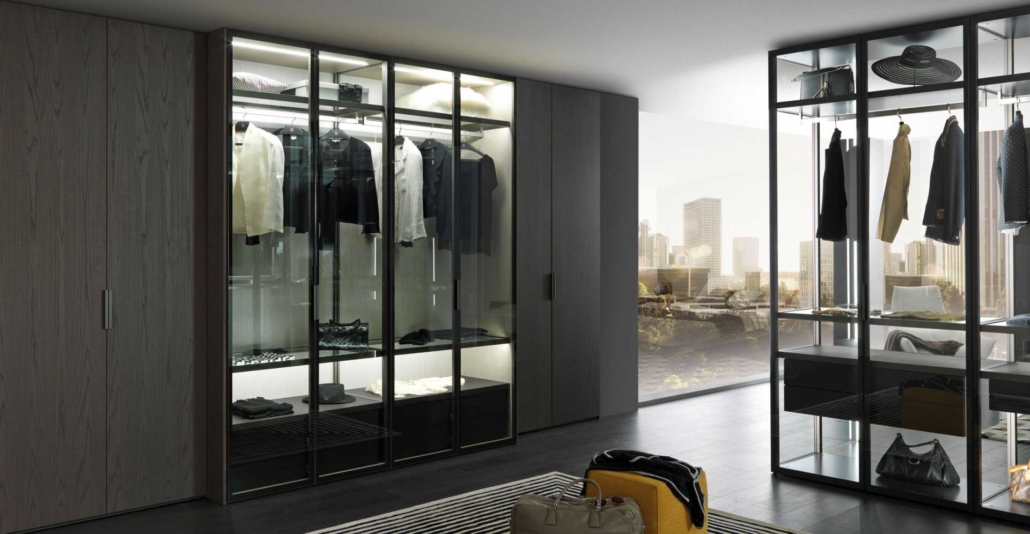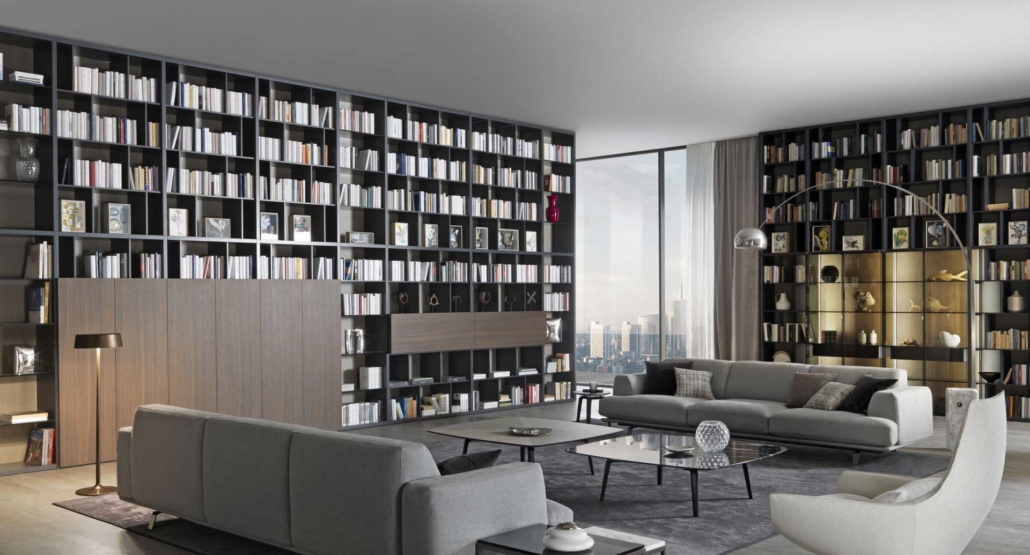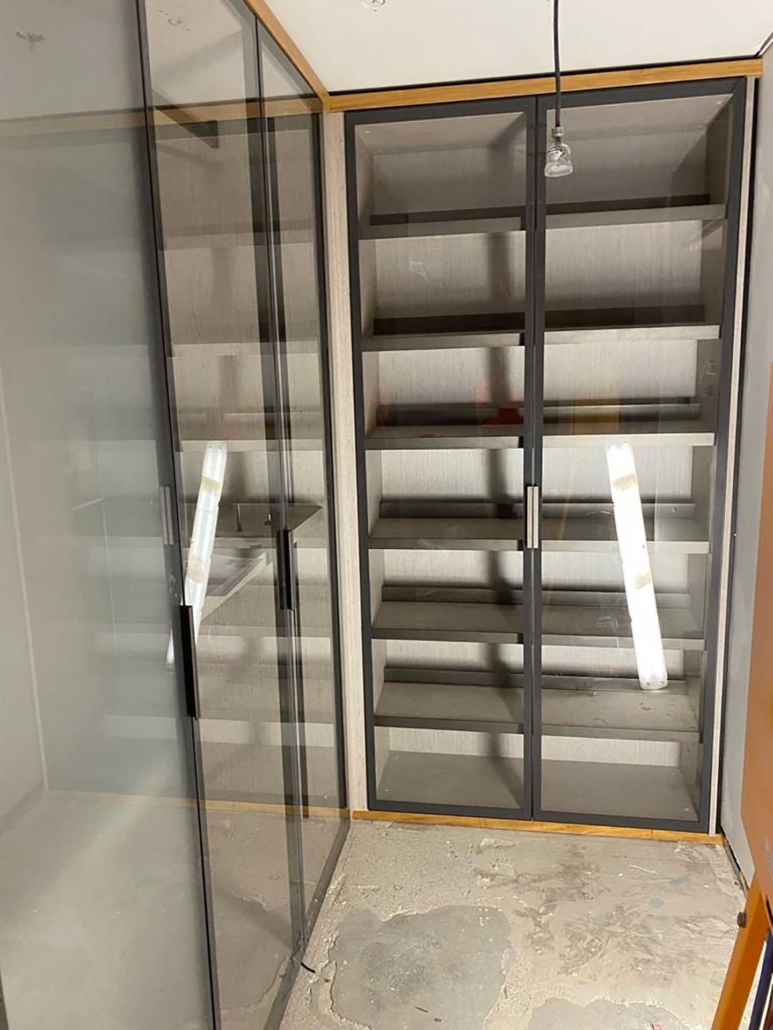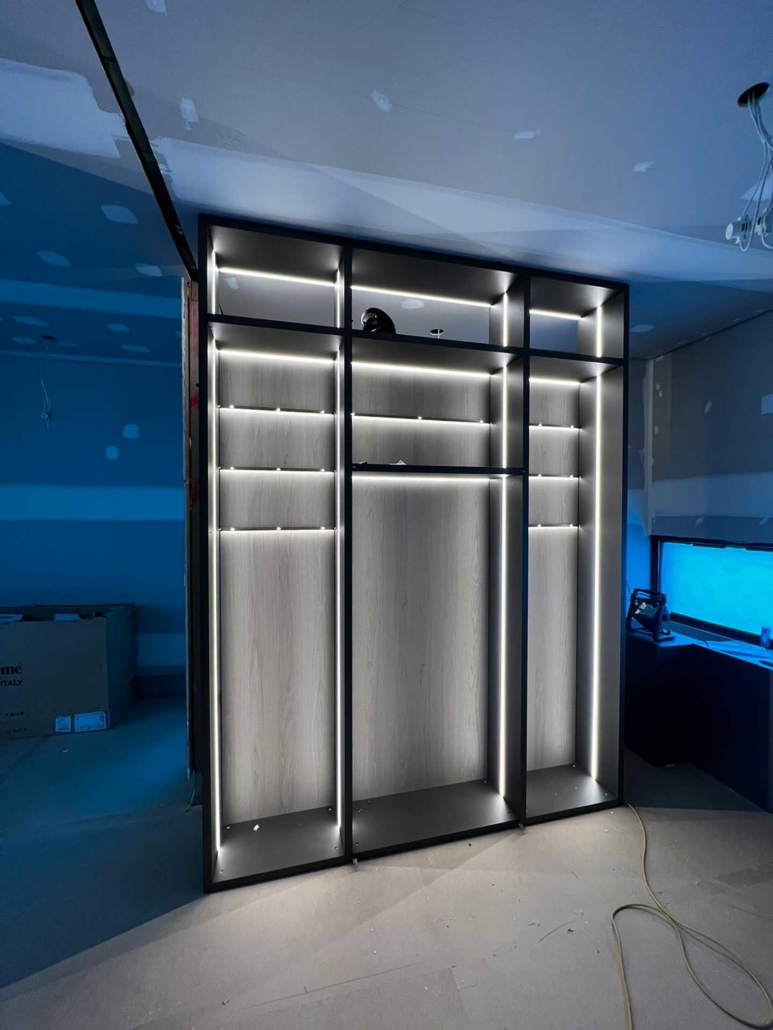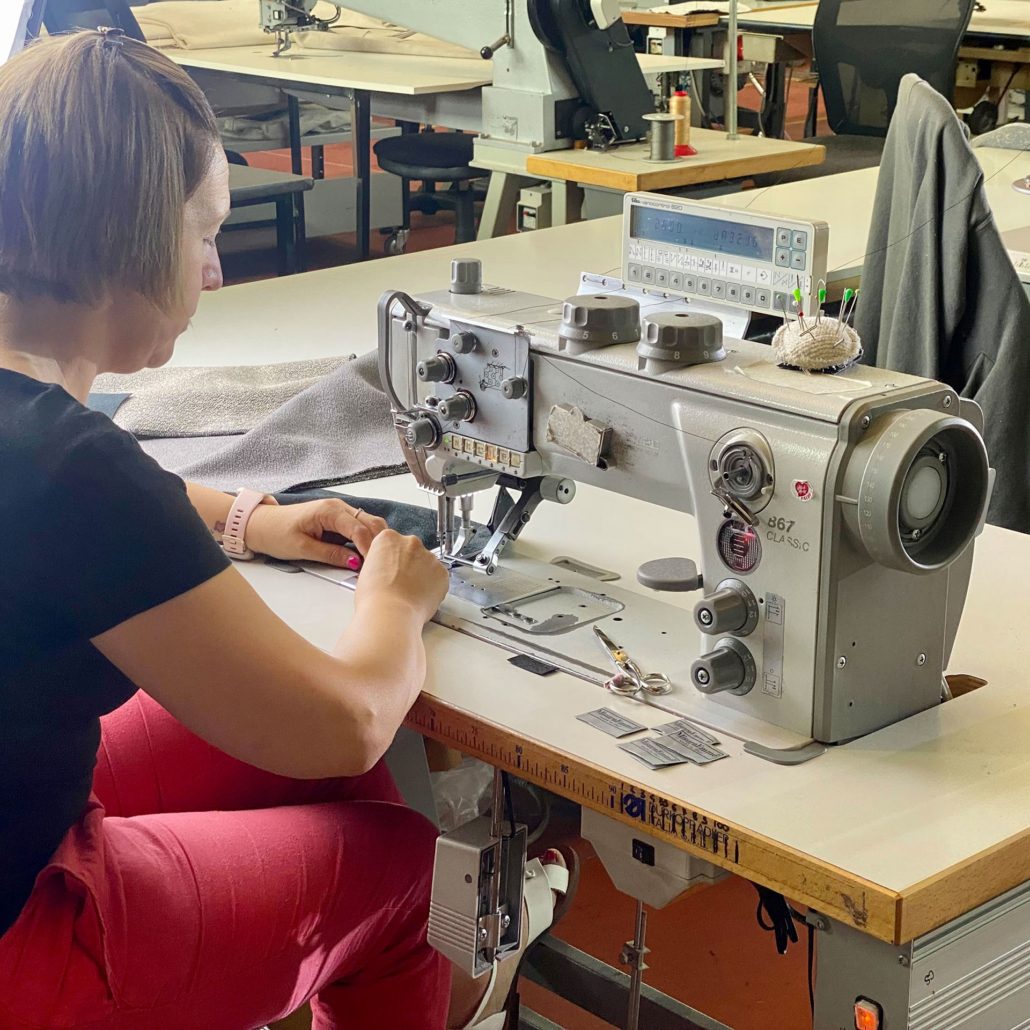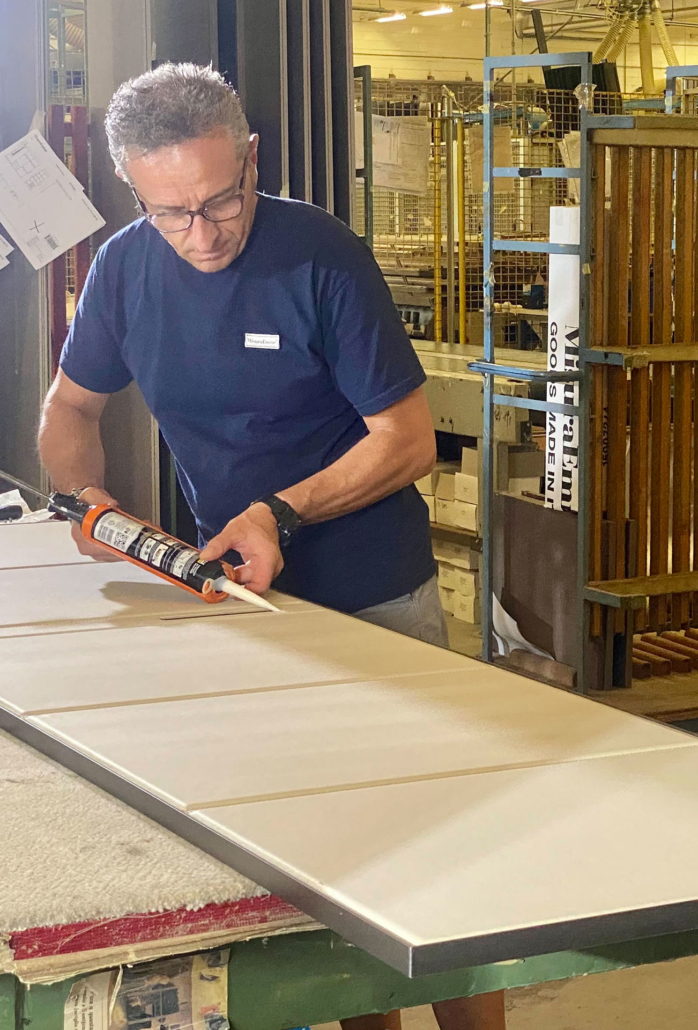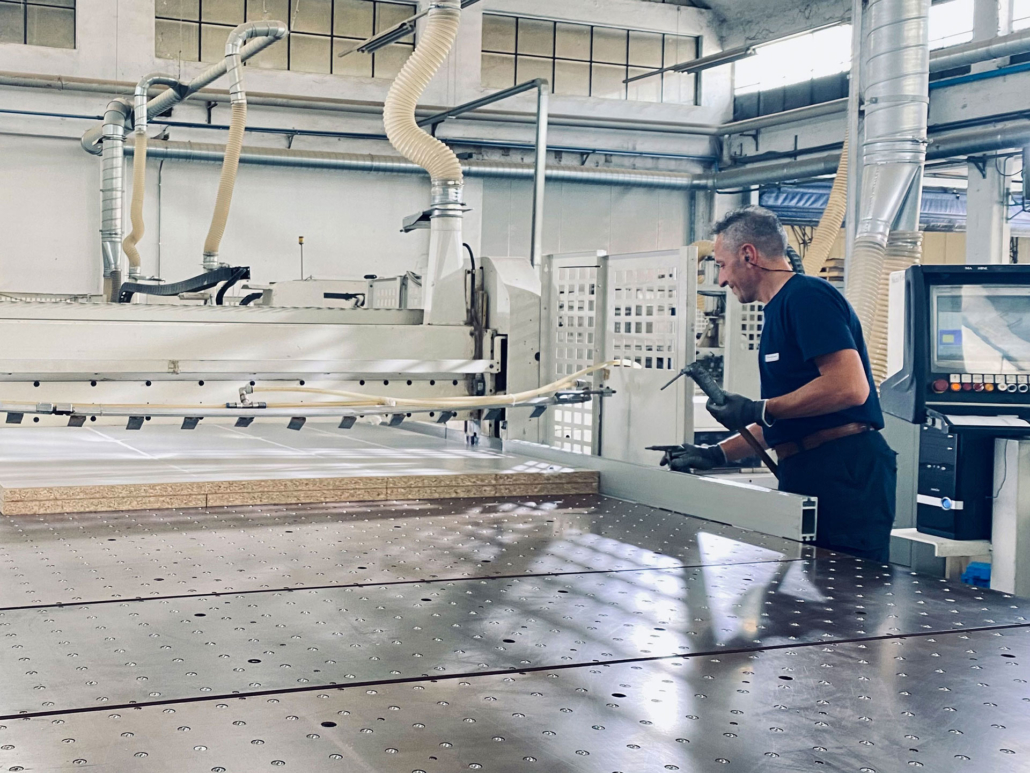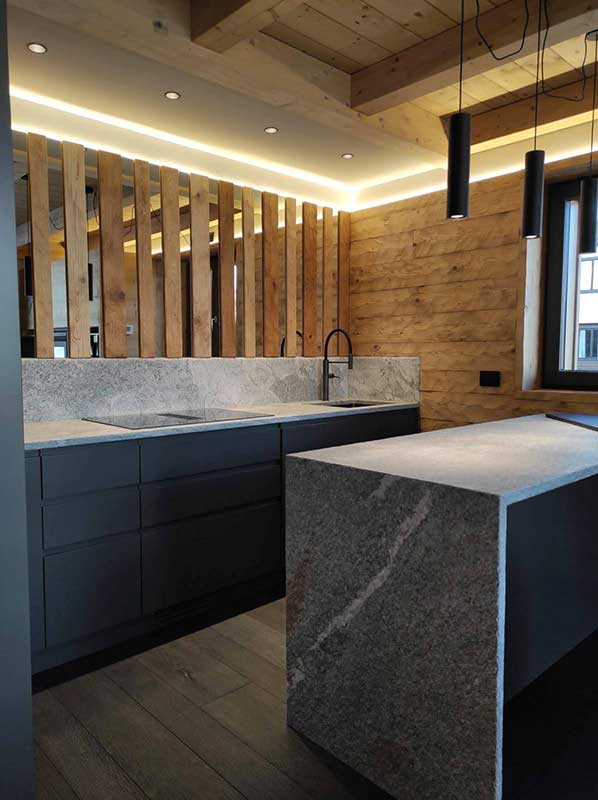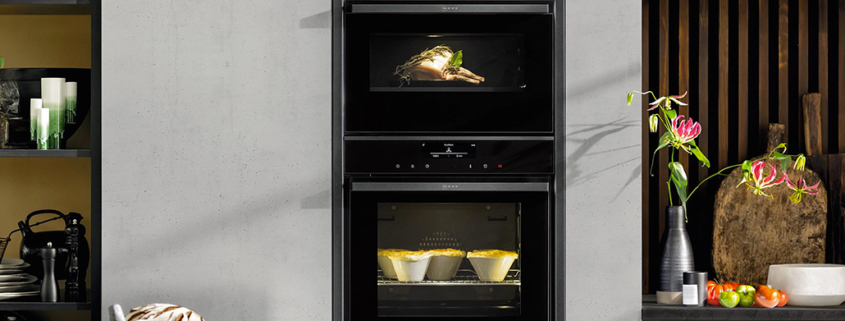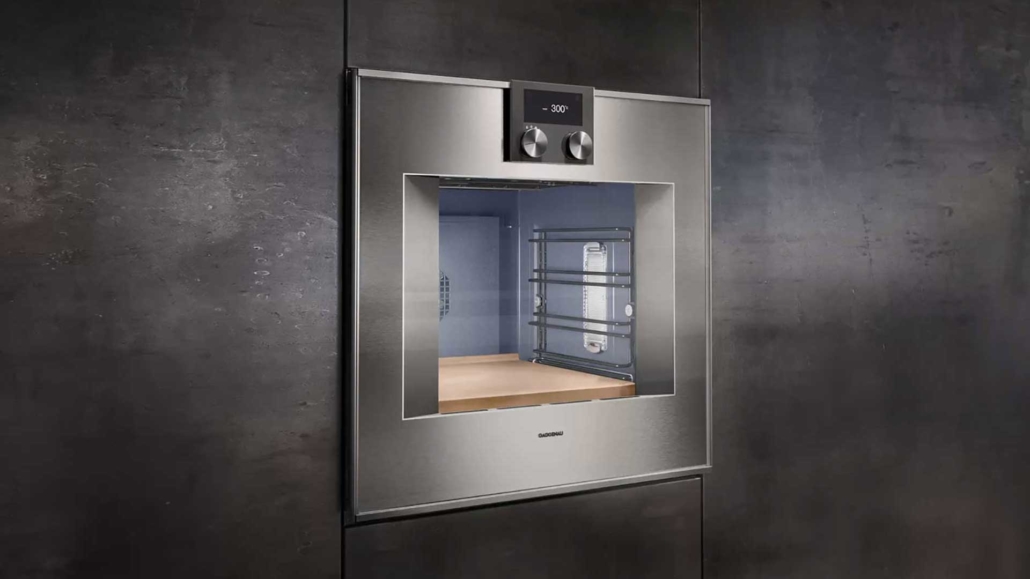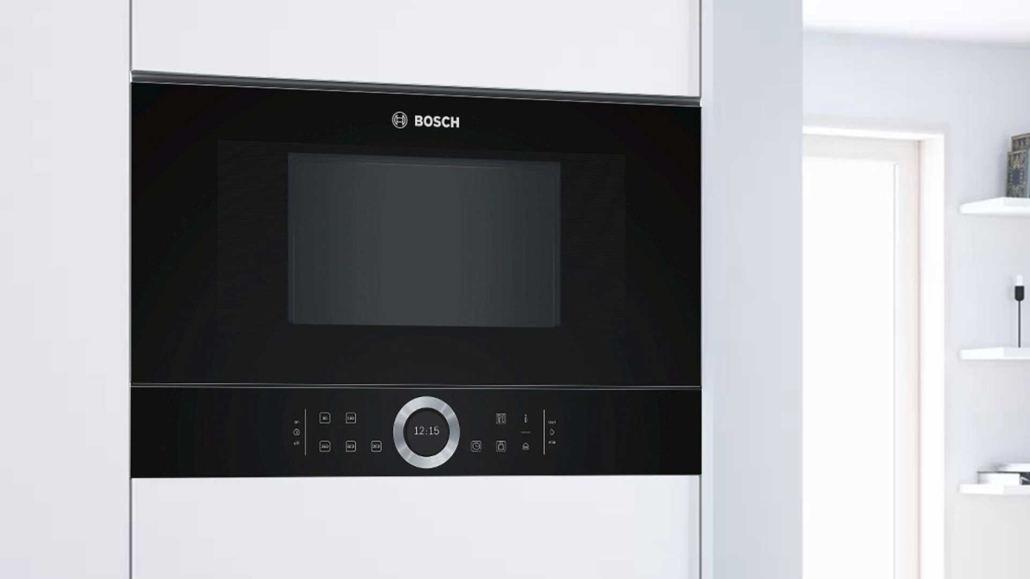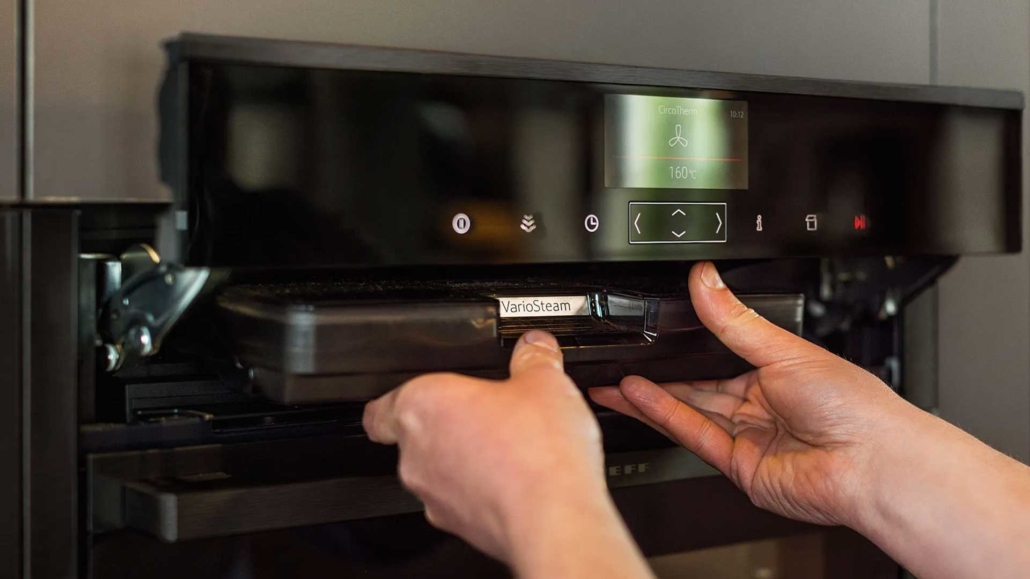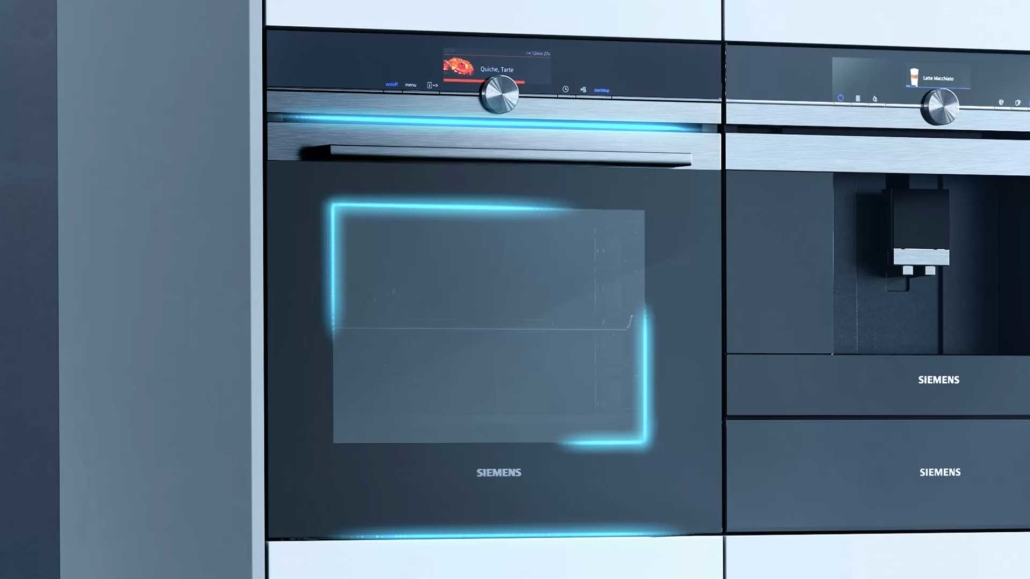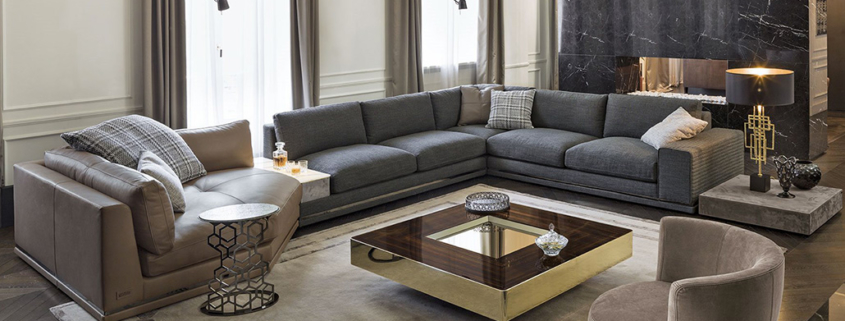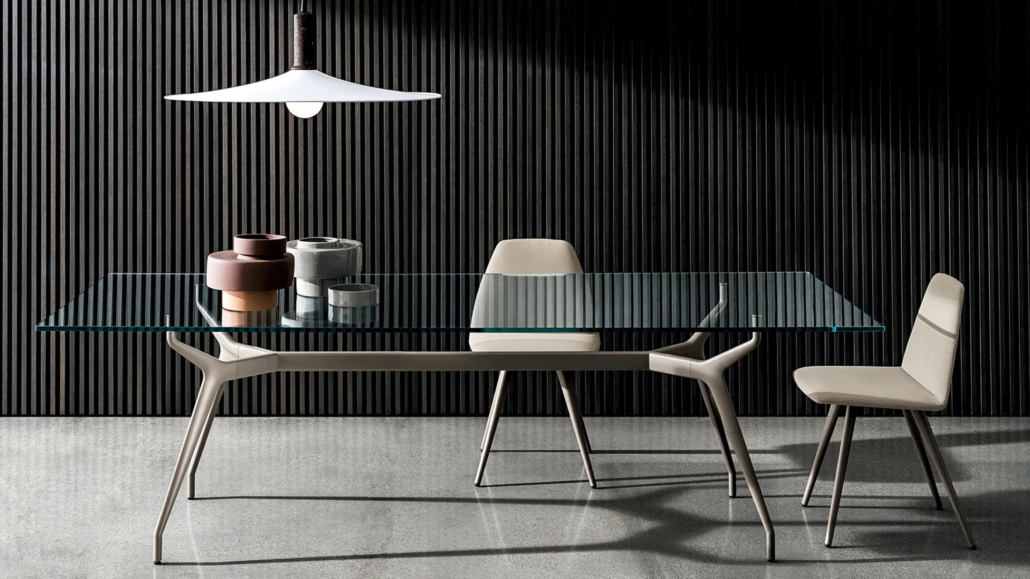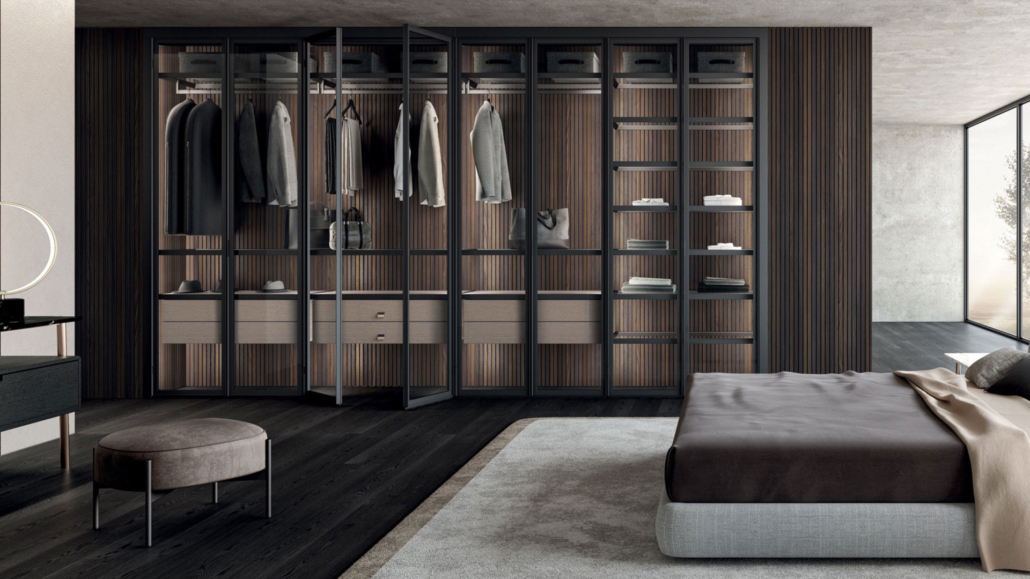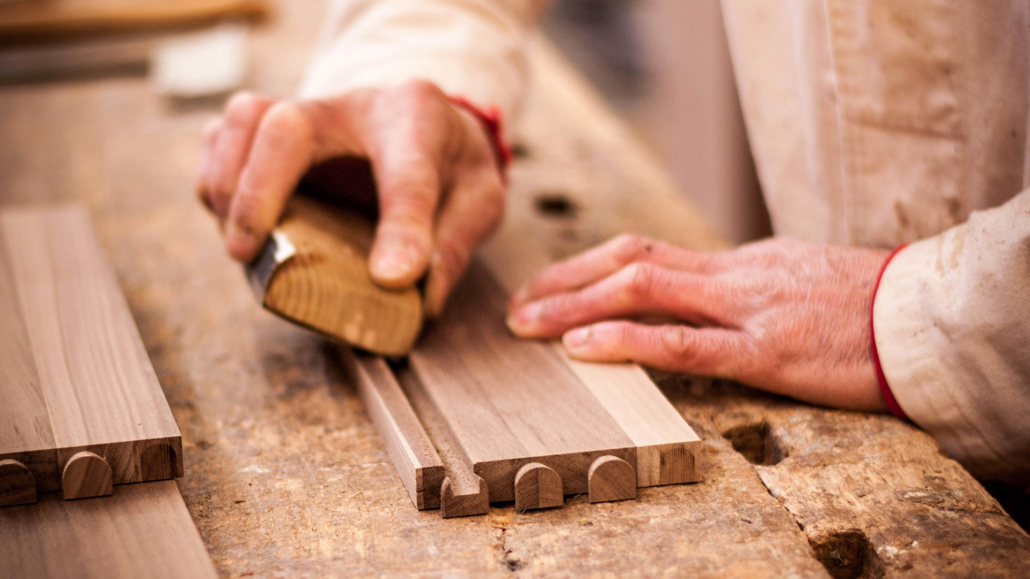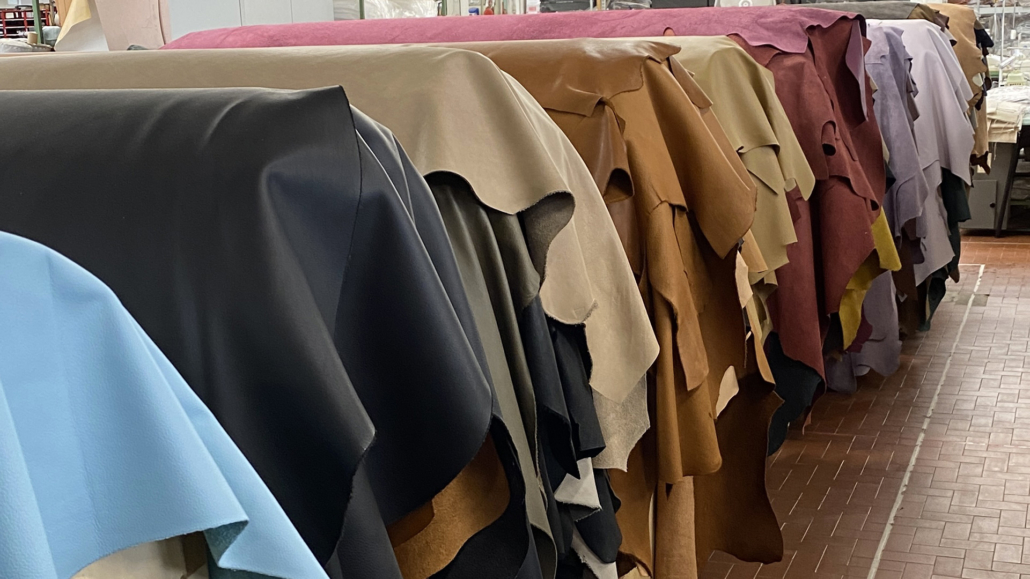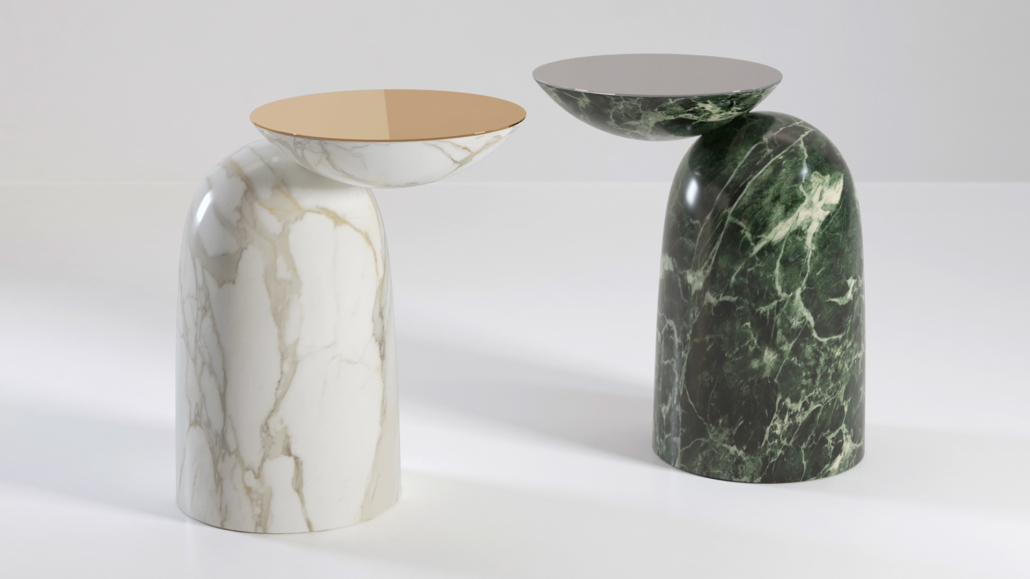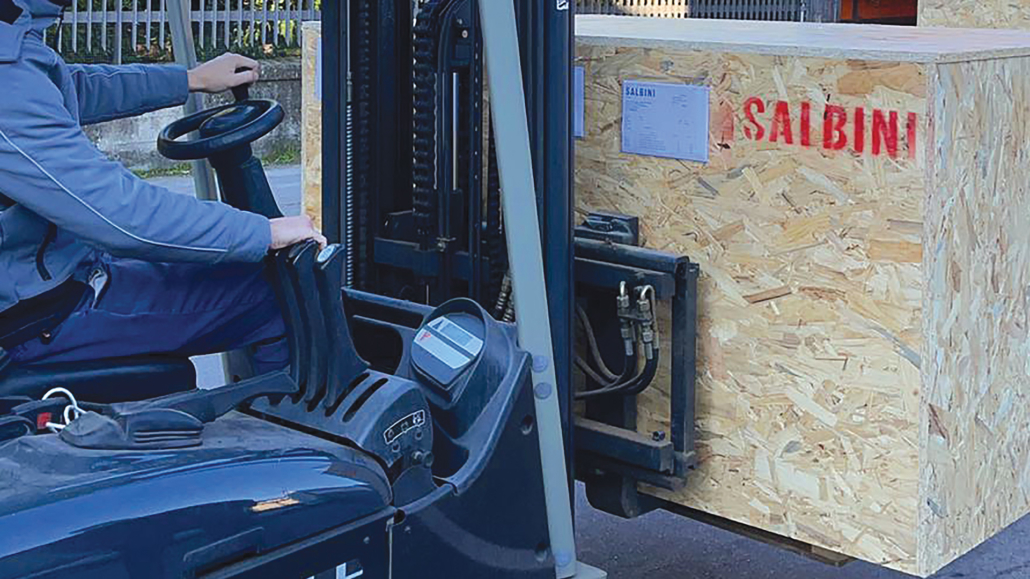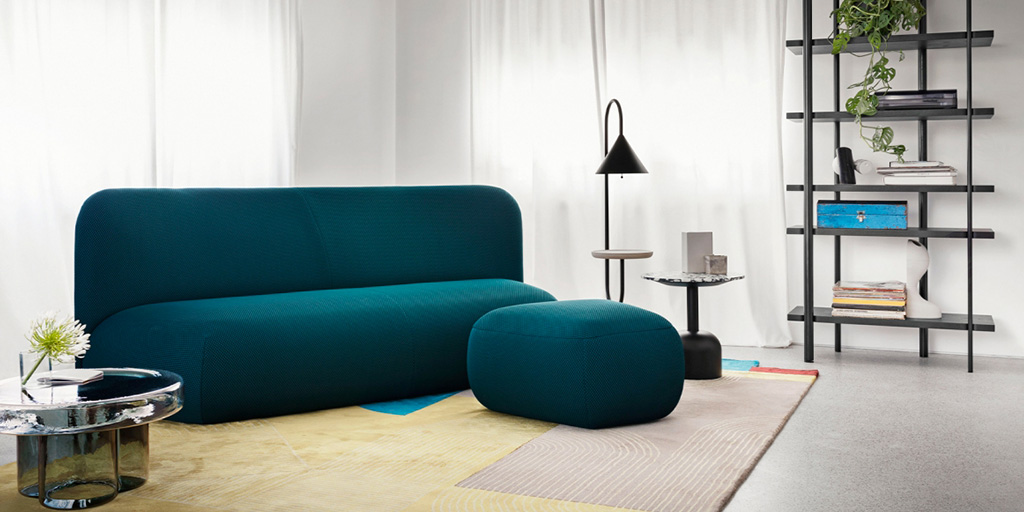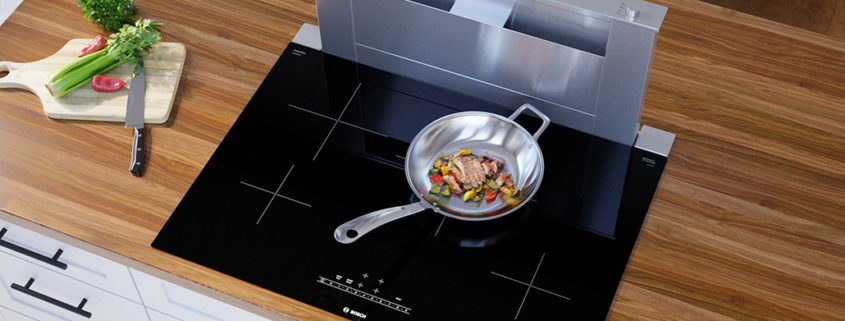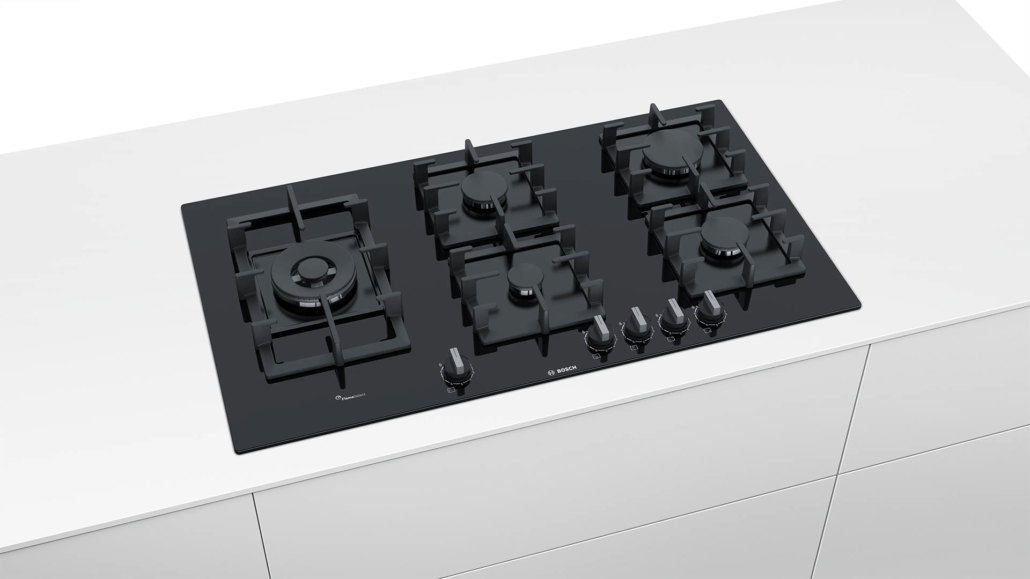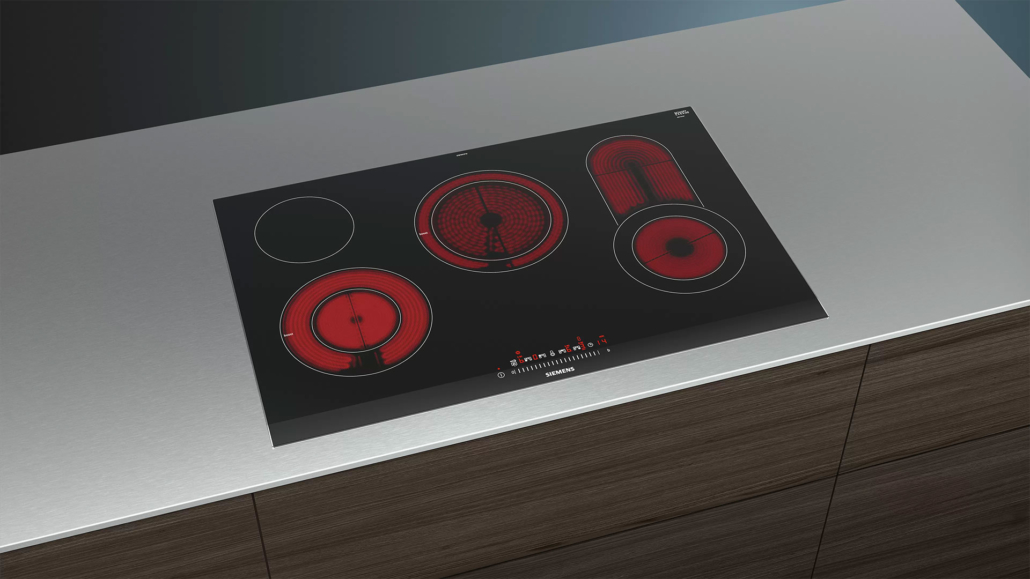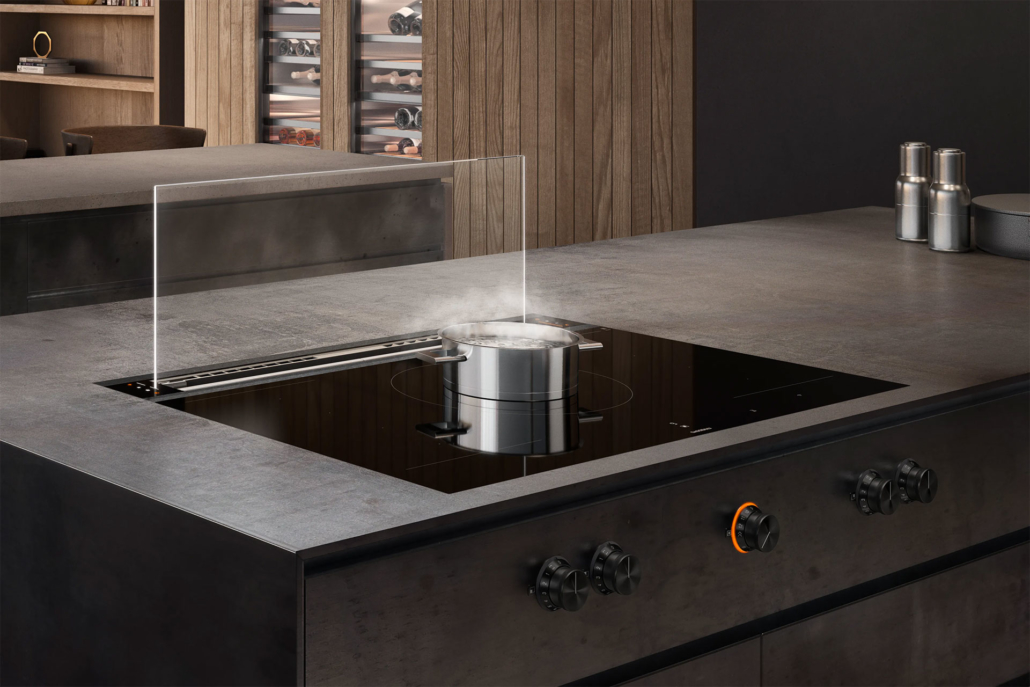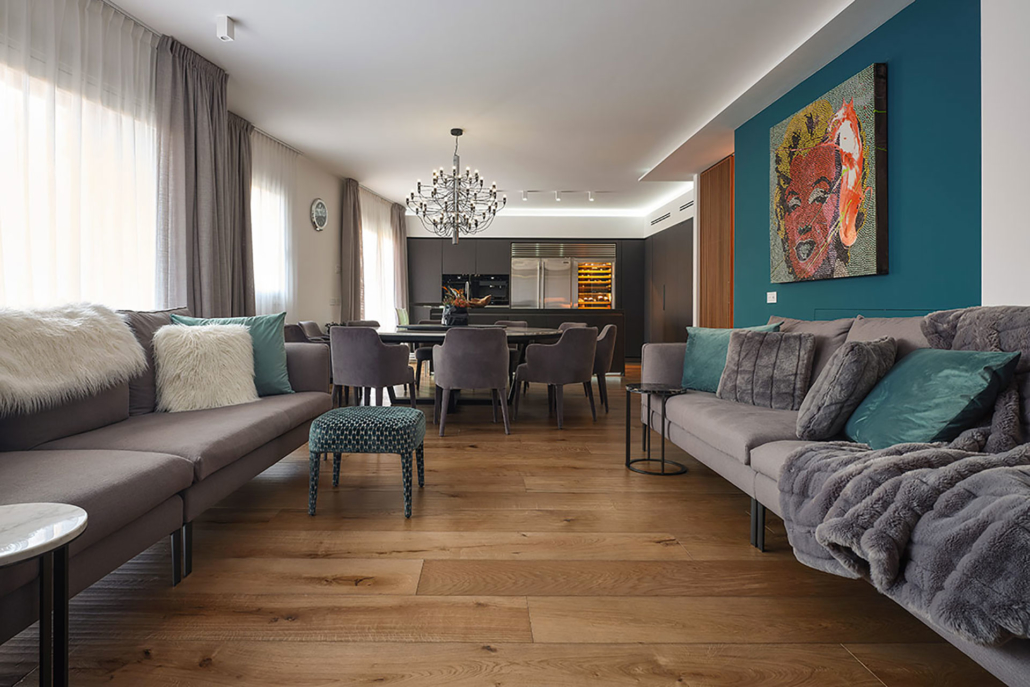Illuminate Your Space with Style and Functionality
Suspension lamps offer more than just lighting; they serve as decorative elements, adding charm and versatility to any room. Crafted from an array of materials including glass and metal, these fixtures are designed to provide focused illumination for specific areas or objects, enhancing the ambiance of your space. The diverse styles available make suspension lamps suitable for a wide range of environments, accommodating various tastes and needs. Whether you prefer a sleek modern design or a more traditional aesthetic, there’s a suspension lamp to complement your decor and elevate your space.
The Allure of Suspension Lamps
Suspension lamps offer a unique lighting solution that caters to various needs and preferences, making them an ideal choice for discerning individuals who value aesthetics, interior design, and functionality. If you appreciate the beauty of well-designed spaces and seek lighting options that enhance the ambiance, suspension lamps are a perfect fit. These versatile fixtures are particularly beneficial for those who require focused illumination in compact or specific areas, such as kitchen worktops, counters, and meal preparation zones. Cooking enthusiasts and chefs alike appreciate the practicality and style that suspension lamps bring to their culinary spaces, providing both functionality and visual appeal. Moreover, if you find yourself spending ample time engrossed in reading, studying, or pursuing your passions, pendant lighting offers the perfect solution. With its focused, shadow-free light, it creates an optimal environment for concentration and productivity. If the allure of suspension lamps has captured your interest, we invite you to explore the following list of rooms where these luminaires excel, showcasing their versatility and ability to elevate any space with style and functionality.
Elevate Your Culinary Haven
In your kitchen, leverage the versatility of suspension lamps to illuminate key areas such as counters or dining tables, creating a focused and inviting atmosphere for meal preparation and dining experiences. Additionally, consider incorporating these elegant fixtures above kitchen islands to infuse both decorative charm and practical functionality into your culinary haven.
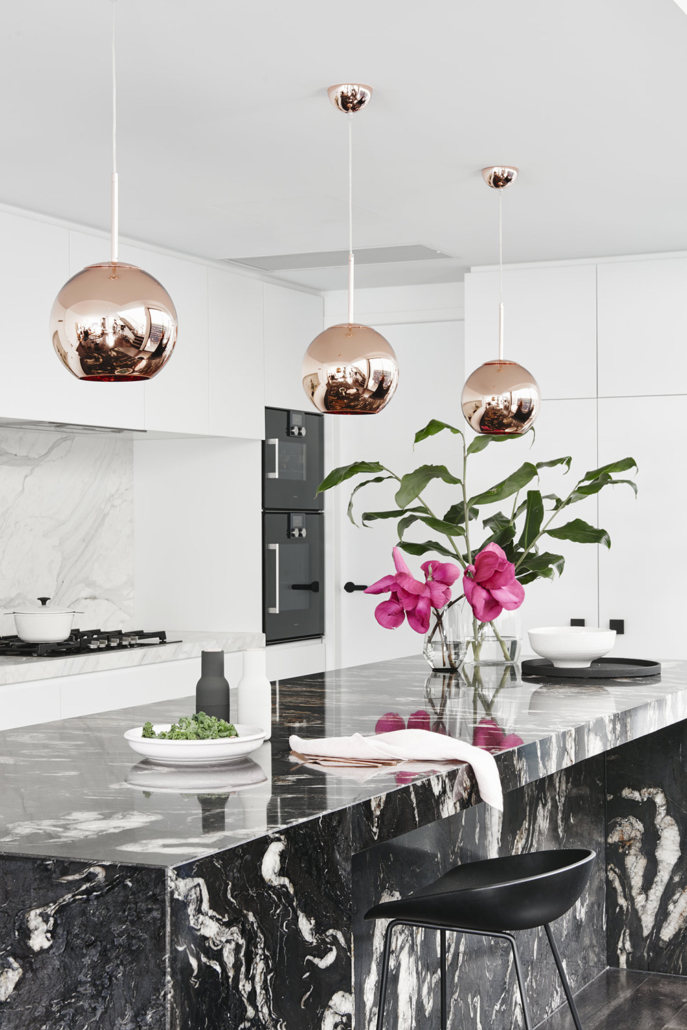
Suspension Lamps in Zana Pali and Gianni Romano’s kitchen. Find out more about this project.
Create Your Sanctuary
Transform your living room into a cozy retreat with the addition of suspension lamps, strategically placed to cultivate a warm and inviting ambiance. These versatile fixtures serve as more than just sources of light; they become focal points that infuse your space with style and personality, enhancing the overall atmosphere of comfort and hospitality.
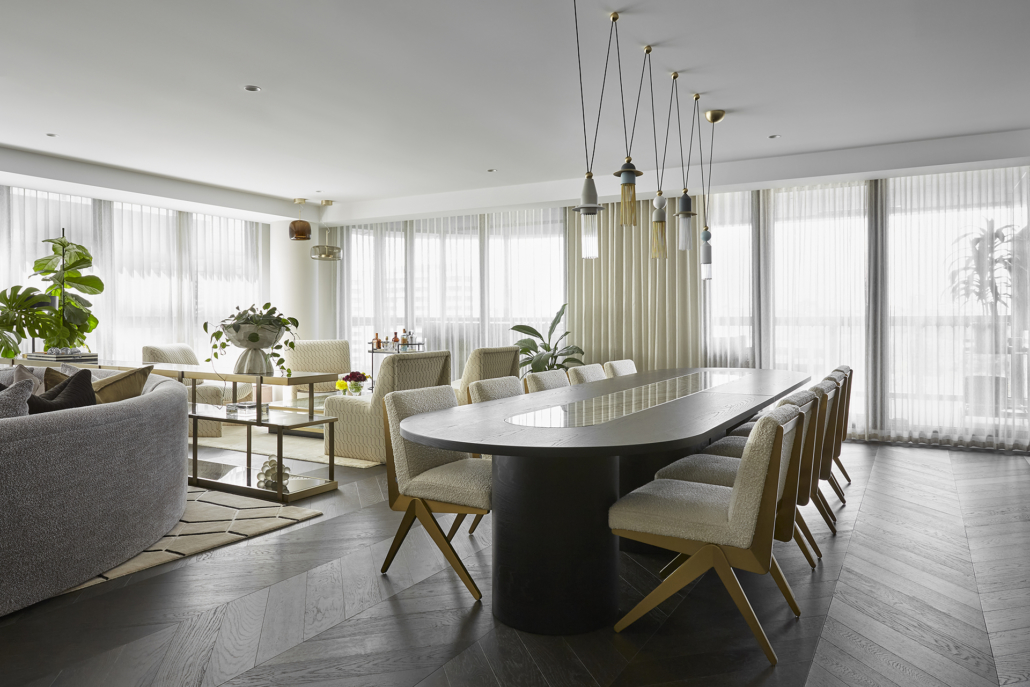
Illuminate Your Moments
In your living areas, consider incorporating suspension lamps to illuminate specific spaces, such as cozy reading nooks or relaxation areas. Not only do these lamps provide ample lighting for your activities, but they also serve as elegant decorative elements, adding flair and style to your living space.
Embrace Serenity
Consider adding suspension lamps to your bedside tables or placing them next to your bed to create a cozy and inviting ambiance. These lamps provide focused lighting for reading or other bedside activities while also contributing to a serene and tranquil atmosphere conducive to relaxation.
Welcome in Style
Elevate the welcoming ambiance of your home or building by opting for pendant lighting in entrance areas. Whether it’s your home or a commercial space, pendant lighting adds a touch of sophistication and warmth, setting the tone for a memorable welcome for your visitors.
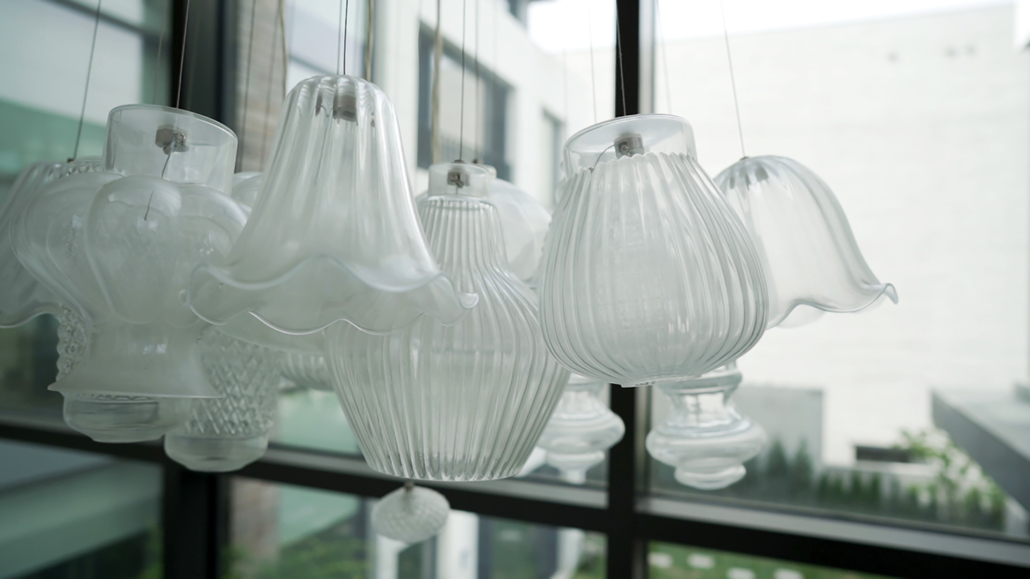
Not Only Home
Whether you’re revamping your living space or upgrading your commercial environment, suspension lamps offer a versatile lighting solution that combines style, atmosphere, and functionality in one.
Suspension lamps are ideal for businesses seeking to infuse their space with character and charm. From clothing boutiques and restaurants to bars, offices, art galleries, hotels, and wellness centers, these lighting fixtures can create captivating visual focal points while illuminating your space effectively.
Choosing the right suspension lamp involves considering the specific requirements and ambiance of your room, as well as your preferred style. Whether you’re aiming for modern minimalism, rustic warmth, or sleek sophistication, there’s a suspension lamp to suit every taste and need.
Expert Advice from Filippo Cannata
Need more tips on home lighting? Listen to the words of Filippo Cannata, an internationally acclaimed lighting designer and our Partner. Filippo is a true industry pro, and in this video, he gives further insights on managing lighting in various areas of the home.
Discover Your Perfect Suspension Lamp Style
If you’re still deliberating whether to embrace the elegance of a suspension lamp, fear not! Below, we’ve curated a selection of diverse examples to help you gain further insight and identify the style that resonates most with you. Let’s embark on this illuminating journey together!
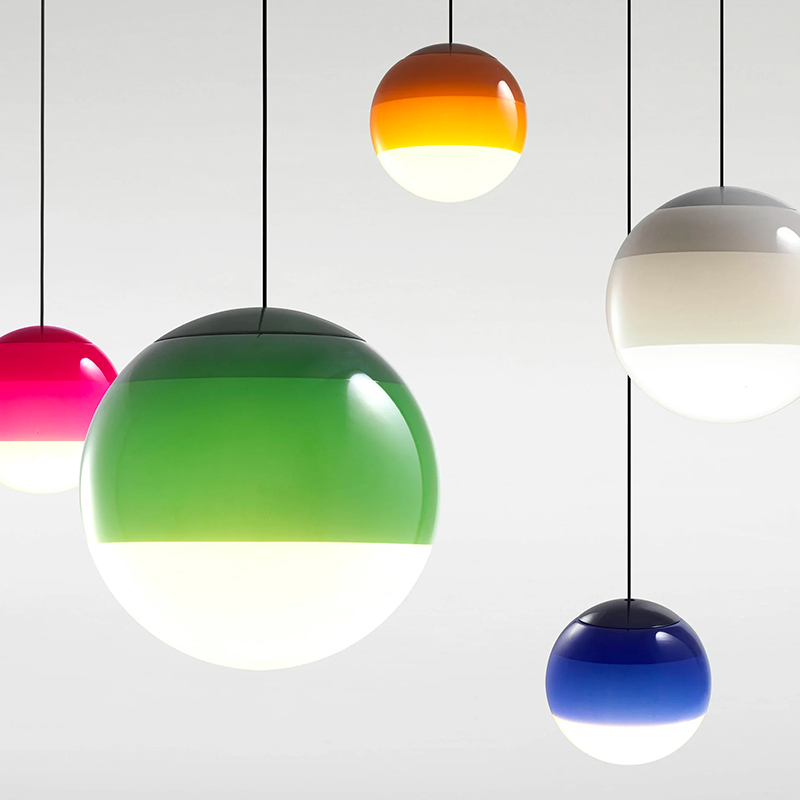
Dipping Light by Marset
Designer: Jordi Canudas
Witness the mesmerizing allure of the Dipping Light – more than just a lamp, it’s an enchanting spectacle. With its varied paint hues, it casts a spellbinding glow, transforming any space into a realm of magic. Even when switched off, its multi-coloured glass sphere captivates with its striking aesthetic. The pendant version of the Dipping Light is a minimalist marvel, focusing solely on the essence of color. Available in four sizes, from 12 cm to 40 cm, and complemented by a cluster accessory, it offers endless possibilities to illuminate and elevate your surroundings.
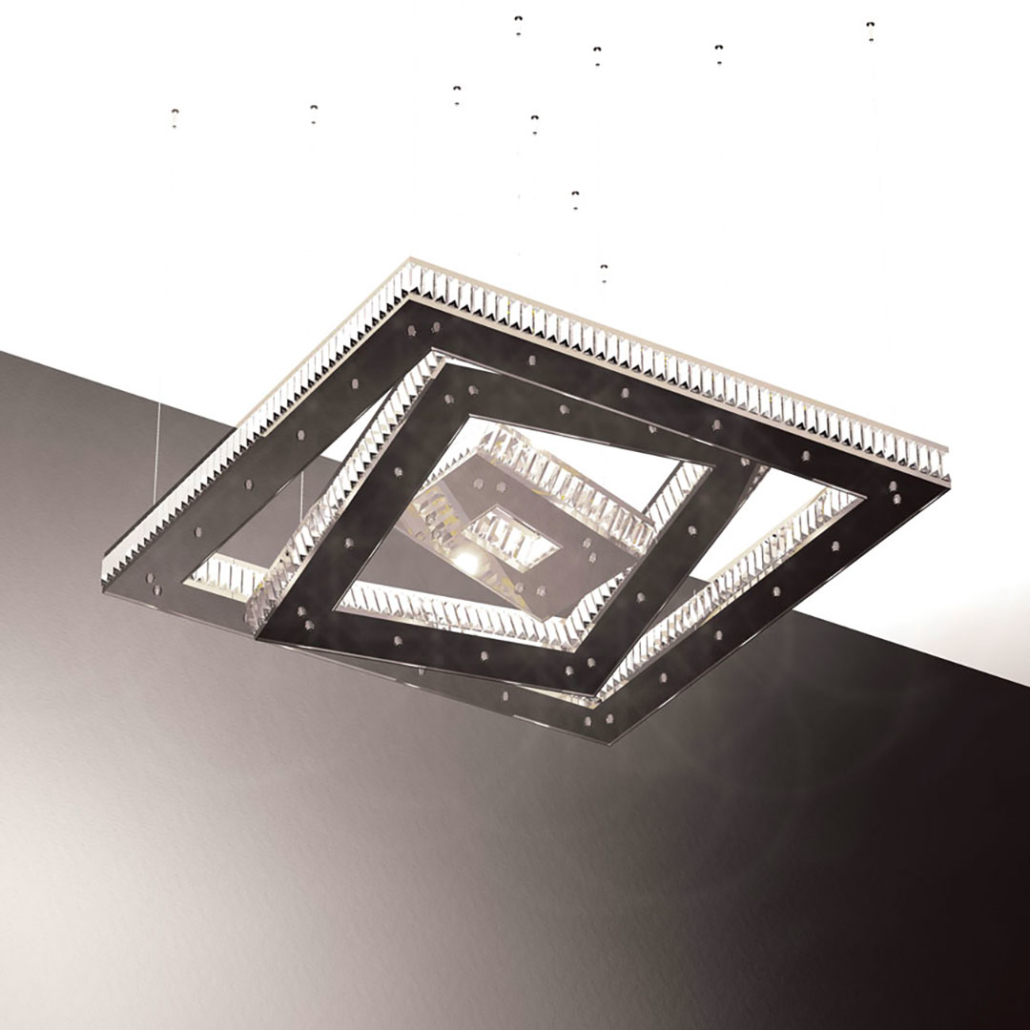
Eclipse Square Single Crystal Layer by Aggiolight
Designer: Aggiolight
This is an innovative lamp, featuring high-brightness LEDs and premium materials. Available in multiple sizes, it exudes elegance and sophistication, enhancing any space – be it a private residence, a bustling office, or a grand reception hall. Elevate your environment with Aggiolight’s distinctive touch of illumination.
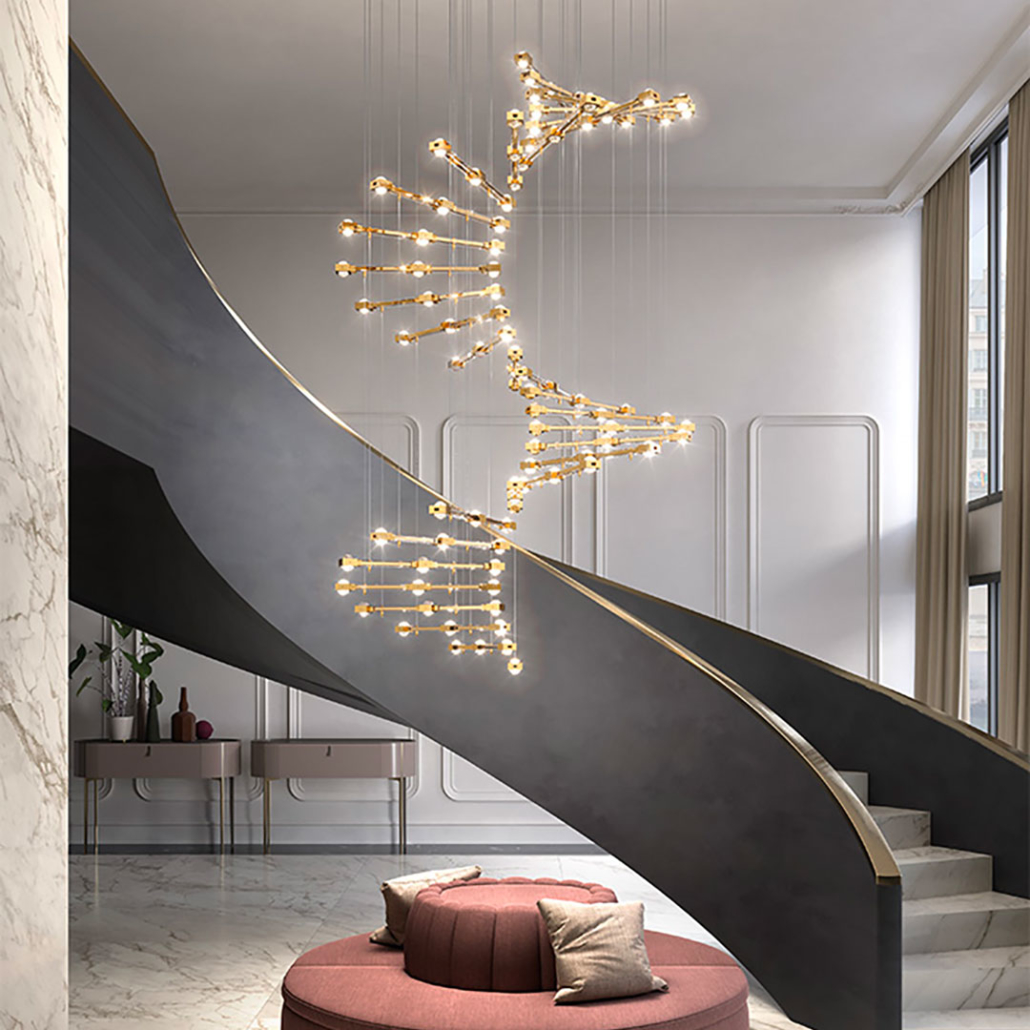
Raqam P4 by Masiero
Here we find the pinnacle of versatility with this modular lighting system, offering limitless customizable combinations in every direction and dimension. Harness your creativity with this revolutionary design, where innovation and intelligence converge to illuminate your space like never before.
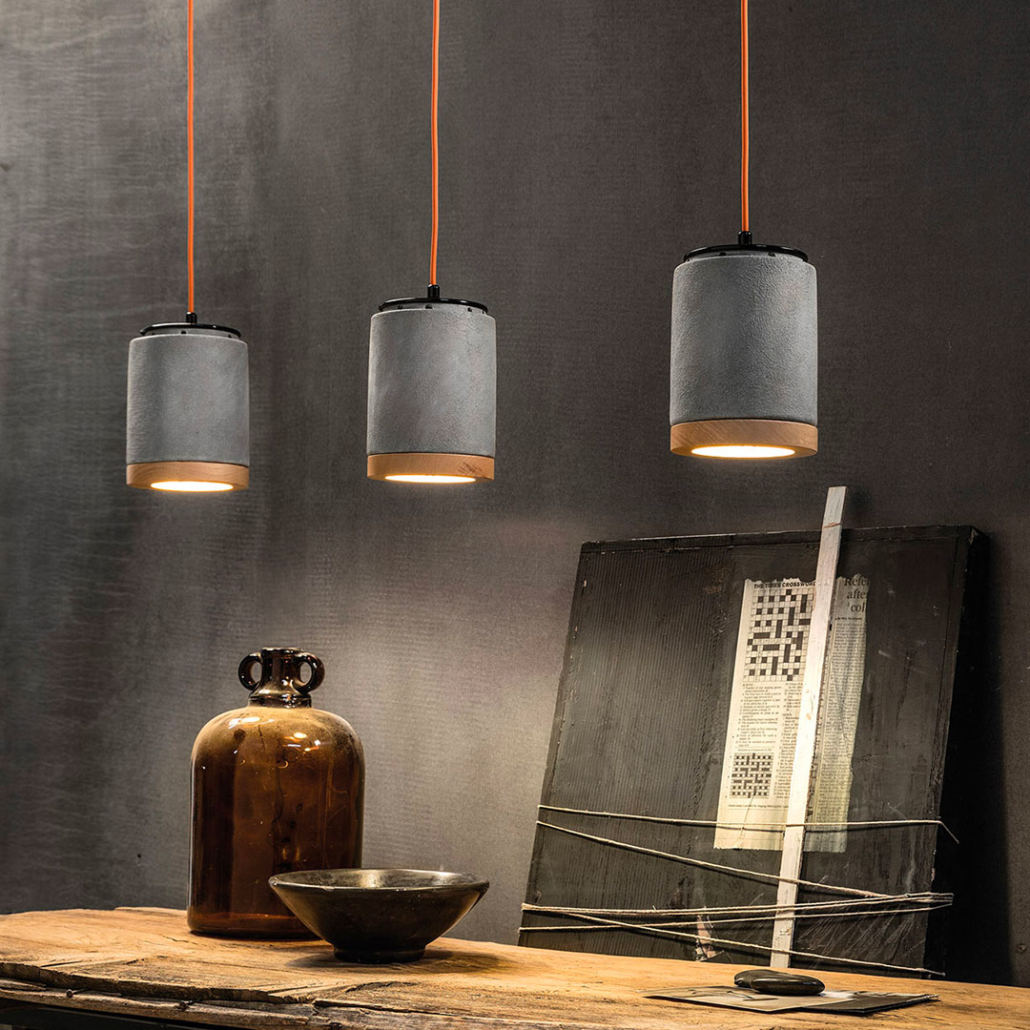
Mateca by Ferroluce
Designer: Ferroluce
Mateca suspension lamp is a masterpiece of Italian craftsmanship. Featuring a white glazed ceramic or cement effect structure paired with solid ash wood painted oak, it’s perfect for illuminating kitchens, living rooms, and offices. Experience the ideal blend of elegance and functionality with Mateca’s exquisite design.
Make the Right Choice
We hope this article has been helpful in understanding the significance of lighting and exploring the endless possibilities offered by pendant lamps. Now, you can purchase the lamp of your choice on our online shop and transform your space with style and functionality.
Moreover, we’re here for you for any further information you may need. Feel free to get in touch with us for any questions or doubts. And if you need to design the lighting for your residential, commercial, or hospitality project from scratch, we’re ready to assist you with a free and personalised quote. We look forward to helping you create the perfect luminous environment for you.

